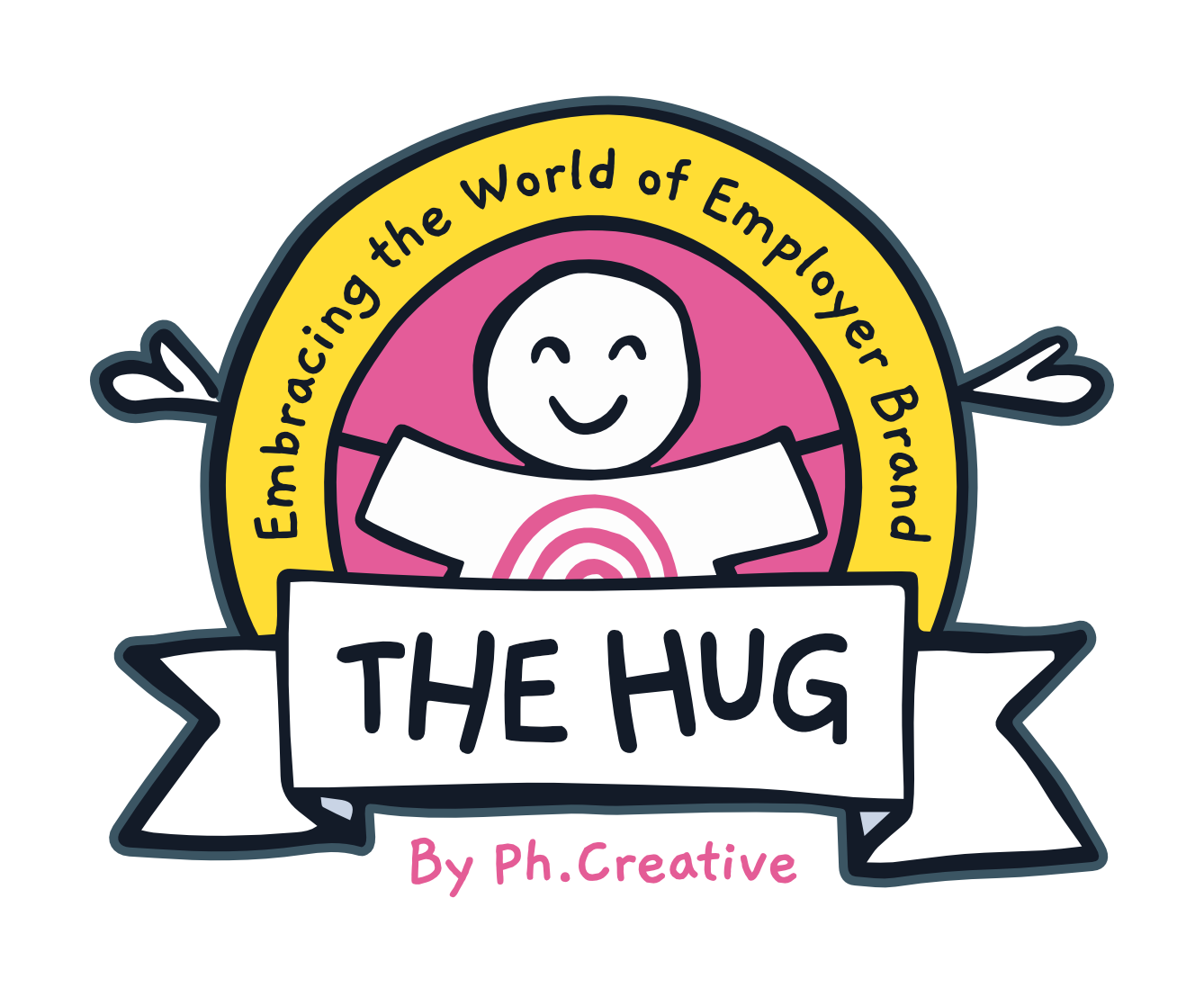ChatGPT in Employer Branding: What You Need to Know
3 min read.
Generative AI has been the talk of town recently. Whether it’s busy winning a photography competition with an artificially generated image, or assisting an ER doctor with diagnosing patients, it’s clear the cutting-edge technology won’t be leaving the headlines anytime soon.
If you have used OpenAi’s chatbot yourself, you may have already experienced being held in a virtual, Black Friday-reminiscent queue when its servers are too busy. (We get it ChatGPT, you’re popular.)
It’s an incredible bit of tech, but it has its limitations.
So much of Employer Branding requires creativity and original thinking, I mean, the whole point of developing a brand is to stand out, to occupy a distinctive space in the market that will compel game-changing talent.
But as a large language model, ChatGPT draws on a database of everything relevant that has already been done and reorders it to look like something new. It is incapable of original thought.
That said, it is possible to harness AI's capabilities responsibly, in a way that augments, rather than replaces human creativity.
Here’s my two-cents on how, and how not to use text generative AI in Employer Branding.
Tips For Using ChatGPT:
Ideas, not execution
Start by using the bot for small, low intensity tasks. If you are running low on inspiration for social posts, emails, job descriptions, blog posts or other media, use ChatGPT as a tool to generate and bounce ideas off. Think of it as your brainstorm buddy.
For example:
- Ask it to generate social media post ideas. From there, build on the suggestions and add your own into the mix. Just don’t rely on it to write the posts for you.
- Ask it to create a blog post outline, but replace, rearrange, fill in the blanks and marry it with your own ideas.
- Draft the email yourself but ask ChatGPT to tweak the tone. Reflect on whether the changes enhanced the messaging.
These are pretty cool features of ChatGPT, and provided you don’t take the responses as a finished product, they can help you to communicate more clearly, keeping your organisation's truth at the heart of things.
Retain the human element
There are lots of ways to work collaboratively with Chat GPT to save time without completely relinquishing your own thinking.
It’s about what you do with the raw materials, how you shape them into something that is genuinely unique.
When reading the bot’s suggestions, the mindset should be, “Okay. This is an amalgamation of what everyone else is doing. How am I going to put my own spin on it?”
Being creative is fun. Challenging and iterating on our own thinking is fun. It’s what we’re wired for. Don't try to outsource it to AI.
If you need further convincing that the human element can never be replaced, this LinkedIn post should do the trick.

Always Fact Check
There have been concerns lately about the quality and reliability of AI responses. ChatGPT has been known to make up citations for documents that don’t exist, while Google’s chatbot Bard made a factual error about the James Webb Space Telescope in a promotional video.
Yep. A video with the sole purpose of showing off Bard’s capabilities, and no one thought to double check the content.
This is the danger with blindly trusting whatever bots churn out.
Generative AI doesn’t always get it right, so remember that you are always the final arbiter in any AI assisted work.
Don't overdo it
All employer brand content, from email communication and job descriptions to careers site copy and campaign messaging, should emerge from a unique centre. A centre that is made up of the authentic values, culture, and priorities of the company.
Writing off things like emails and job descriptions as “automatable”, better completed by AI to save time for more “important” stuff, fails to acknowledge that how we communicate the brand to our audience, through word choice and sentiment, is the important stuff.
Company A, whose focus is on giving back to the community, should have a completely different voice to company B, whose main promise to employees is career advancement.
If both companies start relying on ChatGPT for their messaging, everything blurs together into an amorphous blob of meaningless content.
One company’s stuff becomes indistinguishable from another’s, messages get diluted in a sea of sameness, and you lose all sense of the uniqueness that you worked tirelessly – conducting research, workshops, and pulse surveys - to capture and understand.
Get Help with Employer Branding
Sign up to our blog

Every other Thursday we share:
✔ One feature full of our freshest insights
✔ An expert hack you'll love to use
✔ The links you need now
+ other helpful bits for thousands of EB and TA pros just like you
